Trying to get my my head around this program we need to create What is needed is as per the notes: create a function named arbitraryMirror() that allows the user to place a mirror at an arbitrary angle, causing an intersect and therefore mirror the image.
This will need to be done on either a square or rectangle picture.
As per the pics below, this is the Output of what is required.
I know how to mirror a pic (as shown below) with a square image, but i cannot work out if this can also be done with a rectangle image?
I had a look at a method of using y=mx+b but it seems overcomplicated? Maybe there is some coordinate geometry i need? Or algebra? Any help would be greatly appreciated!
